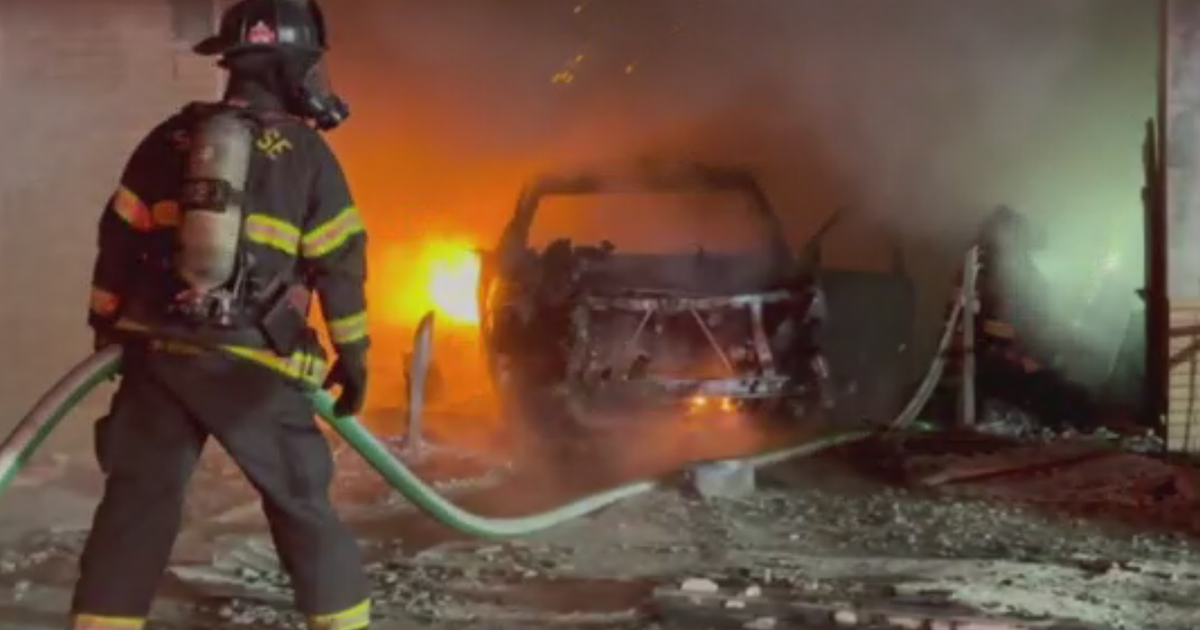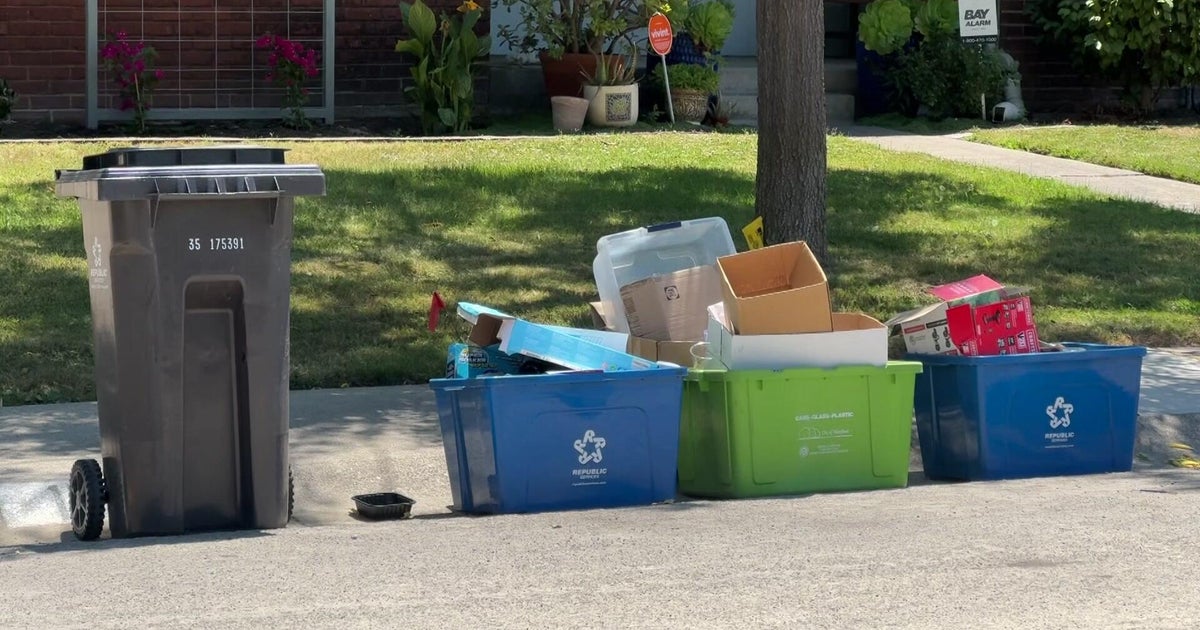James Webb Space Telescope Set To Launch With Image Technology Developed In Palo Alto
PALO ALTO (KPIX 5) – Equipped with technology developed in the Bay Area, the James Webb Space Telescope is set to leave Earth on Christmas Eve, with the goal of providing a look deeper into space.
It's a highly anticipated launch, as scientists hope it'll provide a new look into space and time - and a glimpse at first light.
"James Webb is a flagship mission to study the first light in the universe, the evolution of stars and planets, and it's the next great observatory to be launched from NASA," said Dr. Alison Nordt, the Director of Space Science and Instrumentation at the Lockheed Martin Advanced Technology Center. "It's NASA's biggest science mission ever. It's an international partnership with the Europeans, the Canadians, and NASA."
It utilizes technology that was created and developed in at the Lockheed Martin Advanced Technology Center in Palo Alto, called the "Near Infrared Camera," known as "NIRCam."
"NIRCam is the primary imaging camera for the James Webb Space Telescope," Nordt said. "It is also the wavefront sensor. So, it's where we detect the light that comes in to tell us how to align the primary mirror, and the primary mirror is made up of 18 segments that can each adjust 7 different ways. So how do you align it? You have to have NIRCam in order to do that."
NIRCam was assembled and tested extensively in Palo Alto, before it was shipped off to NASA in 2013. Some of the testing involved a cryogenic chamber, as the telescope will operate in space at temperatures around -400°F.
"If NIRCam doesn't work, the whole observatory doesn't work," Nordt said.
The goal is to provide a look at space and time that has never been seen before. The James Webb Space Telescope is bigger and stronger than the Hubble Space Telescope.
"The James Webb Space Telescope and pictures taken within NIRCam are going to re-write your kids' science books. They're going to teach us about the evolution of the universe, they're going to teach us about our own beginnings and how stars and planets form," Nordt told KPIX 5. "We're really fascinated about what JWST - the Webb Telescope - will tell us that we didn't imagine possible. What questions will it raise - and try to answer - that we didn't even think of yet?"
Nordt said images probably won't start to come in until next summer.
"NIRCam aims to see what those first stars and galaxies look like. We'll also look at how galaxies evolve and form, and we'll look at things closer to home like how stars evolve, how they create protoplanets and how planets evolve," she said.
The James Webb Space Telescope is scheduled to launch at 4:20 a.m. (PST) on December 24 from French Guiana in South America, which is right near the equator.




